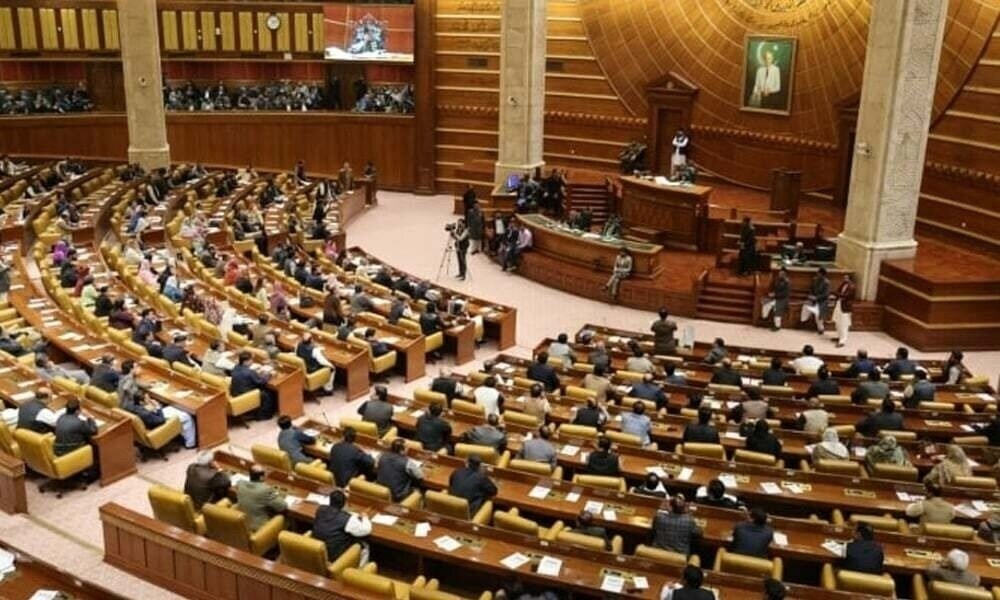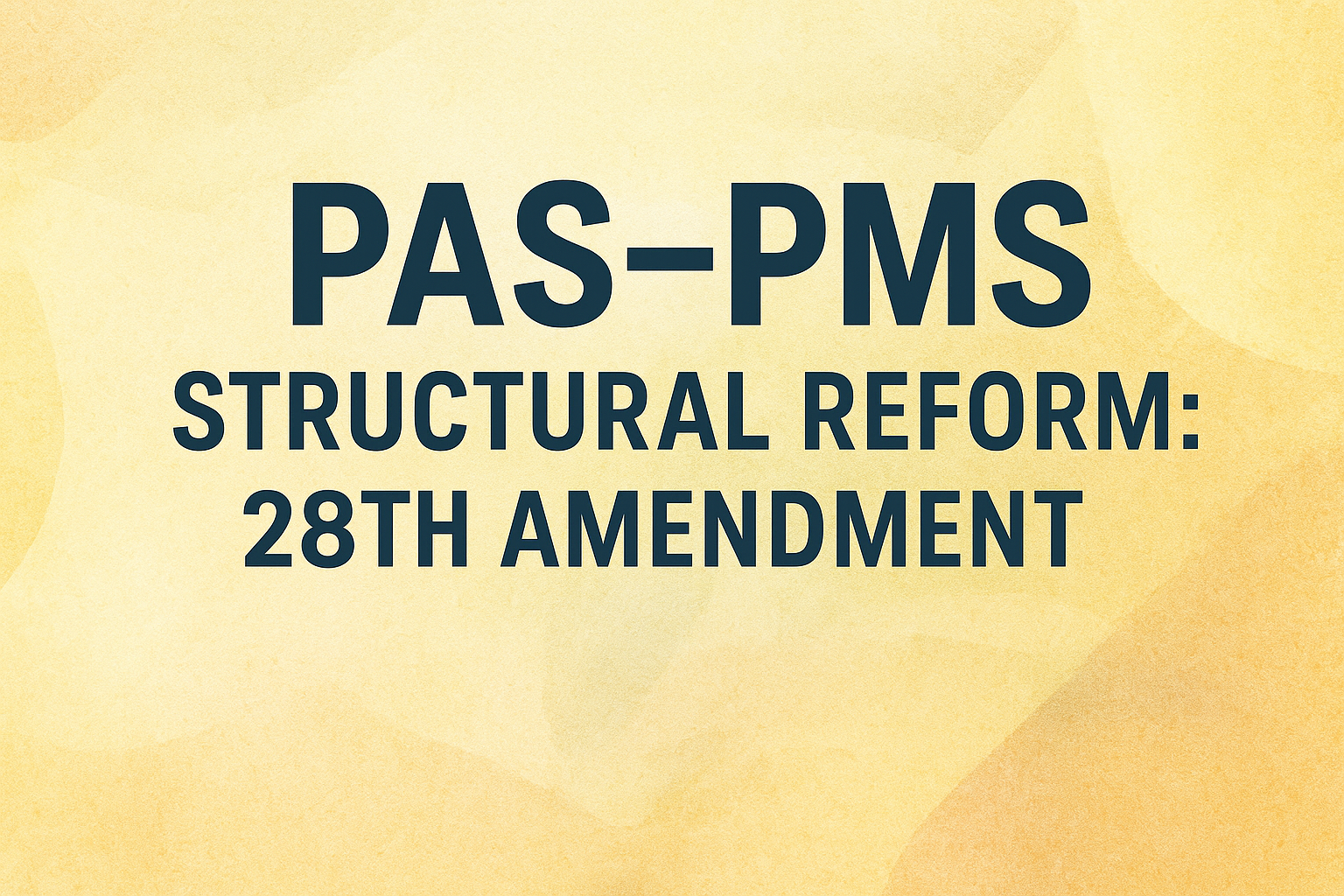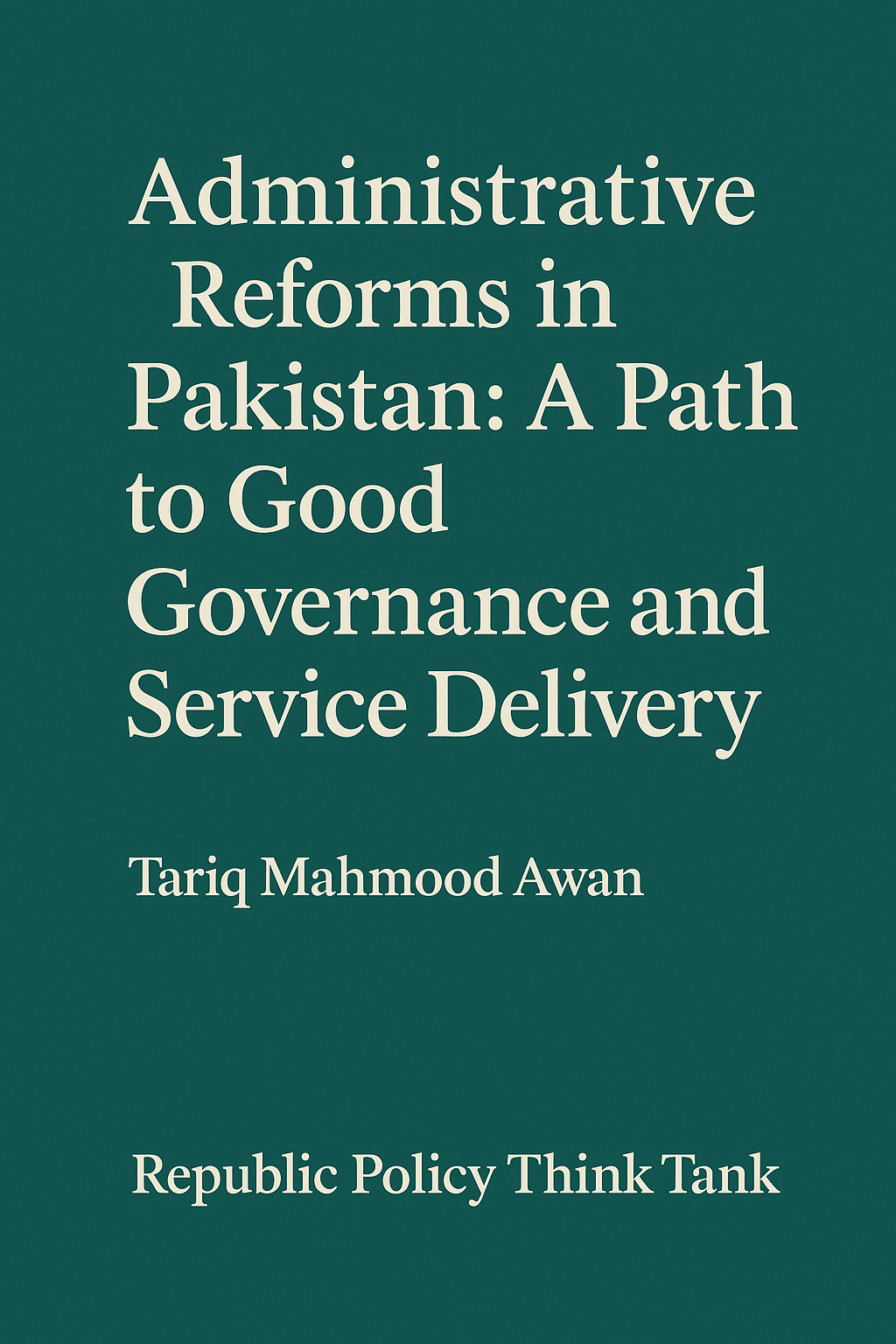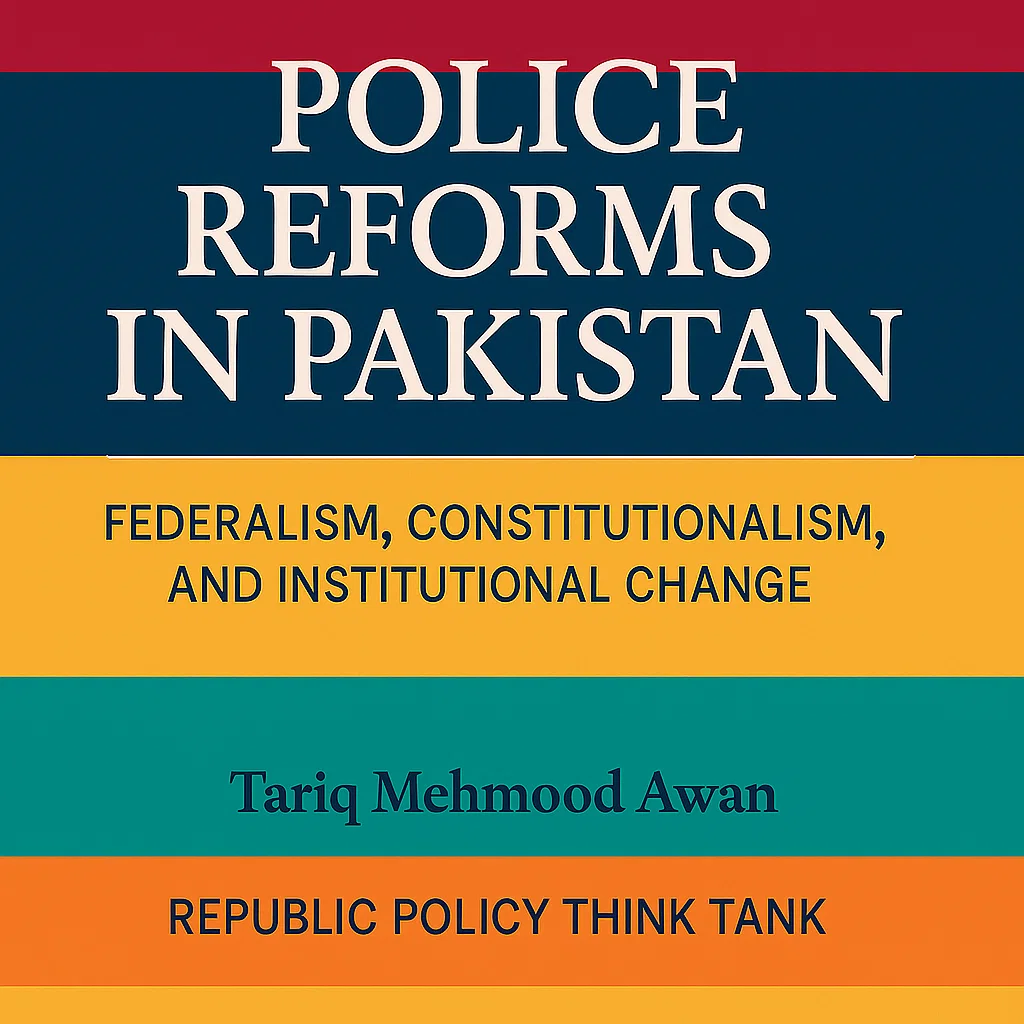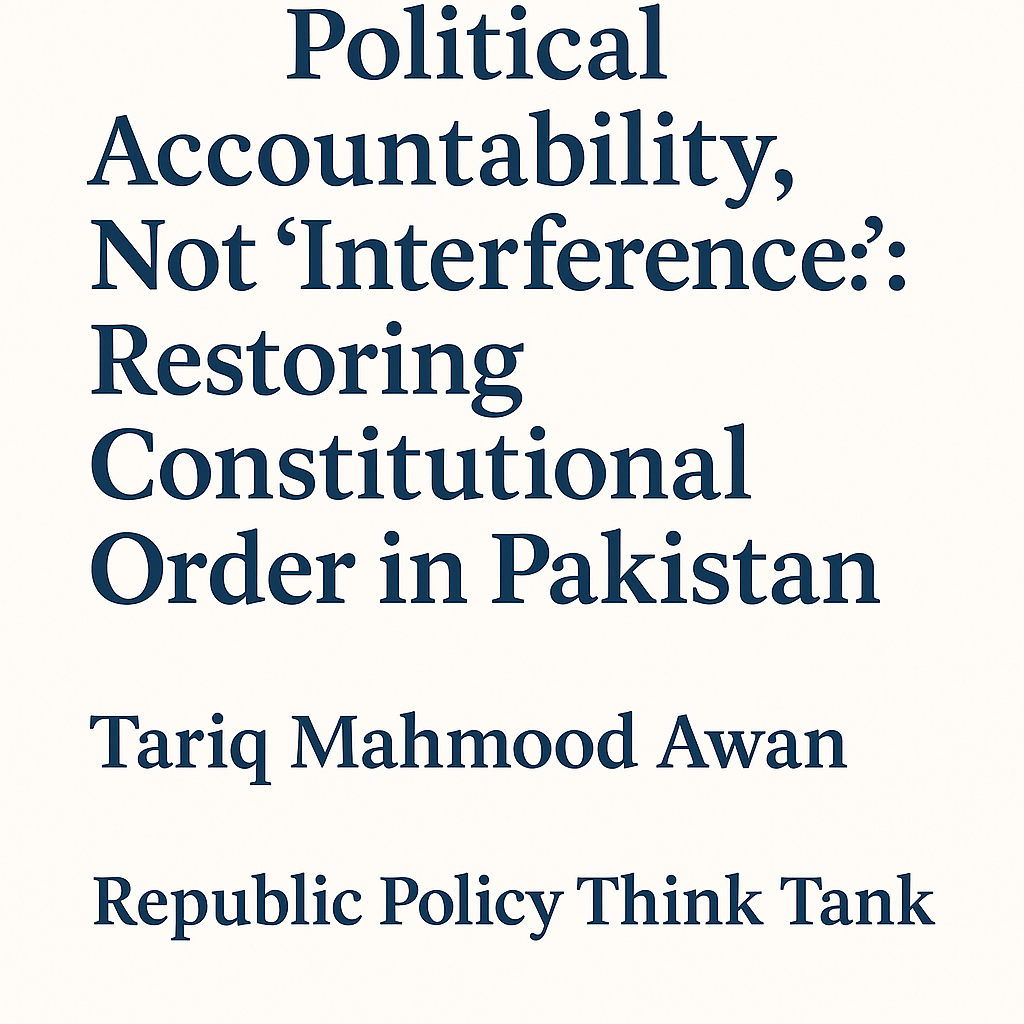Malik Abdul Latif
The Urgent Need for Administrative Reforms in Pakistan:
Pakistan’s current system of governance is plagued by inefficiencies, ineffectiveness, a lack of accountability, and widespread corruption. These shortcomings have severely hampered the country’s development and progress, hindering its ability to address the pressing challenges faced by its citizens. To overcome these obstacles and pave the way for a brighter future, Pakistan urgently needs comprehensive administrative reforms.
Administrative reforms encompass a range of changes aimed at improving the public administration’s structure, processes, and policies. These reforms seek to enhance the government’s ability to deliver services effectively, efficiently, and responsibly, addressing the needs and expectations of the citizens.
Legislative Reforms: Establishing a Clear Legal Framework
Legislative reforms focus on modifying the laws and regulations that govern the public administration and its various functions. These reforms aim to establish a clear and consistent legal framework that clearly defines the roles, responsibilities, and powers of different administrative units and actors. They also seek to strengthen mechanisms for oversight, accountability, and transparency within the public administration.
Effective legislative reforms can harmonize laws and regulations at the federal, provincial, and local levels, ensuring compliance with constitutional principles, legislative mandates, legal guidelines, and international obligations. This harmonization will foster a more coherent and unified approach to governance, reducing inconsistencies and discrepancies that can hinder progress.
Please, subscribe to the monthly magazines of republicpolicy.com
Administrative Reforms: Streamlining Procedures and Practices
Administrative reforms delve into the procedures and practices employed by the public administration, particularly in its delivery of services to the citizens. These reforms aim to simplify and streamline processes, reducing the red tape and bureaucratic hurdles that often obstruct the efficiency and effectiveness of public administration.
By streamlining procedures, administrative reforms can expedite the delivery of services, making them more accessible and timely for citizens. This will lead to reduced waiting times, fewer administrative burdens, and enhanced satisfaction among the populace.
Organizational Reforms: Optimizing Structures and Designs
Organizational reforms focus on the structure and design of the public administration, examining the organization of its units and departments. These reforms seek to optimize the allocation and utilization of the human, financial, and physical resources available to the public administration.
Effective organizational reforms can eliminate duplication and fragmentation of functions and responsibilities, leading to a more efficient and streamlined administrative structure. They can also foster coordination and collaboration among different administrative units and stakeholders, including the private sector, civil society, and international organizations.
Technological Reforms: Leveraging ICTs and AI
Technological reforms explore the adoption and utilization of information and communication technologies (ICTs) and artificial intelligence (AI) by the public administration in its interactions with citizens. These reforms aim to enhance the capacity and capability of the public administration to perform its tasks and functions more effectively and efficiently.
By embracing ICTs and AI, the public administration can automate repetitive tasks, streamline data management, and improve communication and information flow. This will lead to reduced administrative costs, enhanced decision-making, and improved service delivery.
Human Resources Reforms: Investing in the Workforce
Human resources reforms focus on the policies and practices related to the recruitment, training, development, motivation, and retention of the public administration’s staff. These reforms aim to ensure that the public administration has a sufficient, qualified, competent, and diverse workforce equipped to meet the current and future challenges and demands of public service.
Effective human resources reforms can foster a conducive and supportive work environment and culture that promotes the values and ethics of public service. They can also encourage performance and productivity among staff, ensuring that the public administration has the necessary human capital to achieve its goals.
Smart Administration Reforms: Embracing a Data-Driven Approach
Smart administration reforms encompass changes in the governance model and approach of the public administration, emphasizing the use of ICTs and data to enhance decision-making and problem-solving processes. These reforms aim to create a more responsive, adaptive, and innovative public administration that can effectively address the complex and dynamic issues of urbanization, globalization, and sustainability.
By embracing smart administration principles, the public administration can make data-driven decisions, optimize resource allocation, and tailor services to the specific needs of different communities. This will lead to a more effective and efficient public administration that can deliver tangible benefits to the citizens.
Based on the discussion preceding above, here are some possible recommendations for administrative reforms in Pakistan:
- To improve the efficiency and effectiveness of the public administration, Pakistan should adopt a performance-based management system that links the planning, budgeting, monitoring, and evaluation processes of the government. This would help to ensure that the public resources are allocated and utilized in a transparent, accountable, and results-oriented manner.
- To enhance the responsiveness and accountability of public administration, Pakistan should decentralize the decision-making and service delivery functions to the local governments and empower them with adequate financial and human resources. This would enable the local governments to address the diverse and specific needs and preferences of the citizens and to foster participatory and inclusive governance.
- To strengthen the professionalism and integrity of the public administration, Pakistan should reform the civil service system by introducing merit-based recruitment, promotion, and retention policies and by providing regular training and development opportunities for the civil servants. This would help to improve the competence and motivation of the civil servants, and to reduce the corruption and nepotism in the public sector.
- To foster the innovation and collaboration of the public administration, Pakistan should promote the use of information and communication technologies (ICTs) and the engagement of non-state actors (such as civil society, the private sector, and academia) in the design, implementation, and evaluation of public policies and programs. This would help to improve the accessibility and quality of public services and to leverage the expertise and resources of various stakeholders.
Administrative reforms are not merely technical adjustments; they are a fundamental shift in the mindset and approach of governance. By embracing comprehensive administrative reforms, Pakistan can break free from the shackles of inefficiency, ineffectiveness, corruption, and lack of accountability. These reforms will pave the way for a more responsive, transparent, and citizen-centric public administration, fostering a brighter future for Pakistan and its people.
Please, subscribe to the YouTube channel of republicpolicy.com







